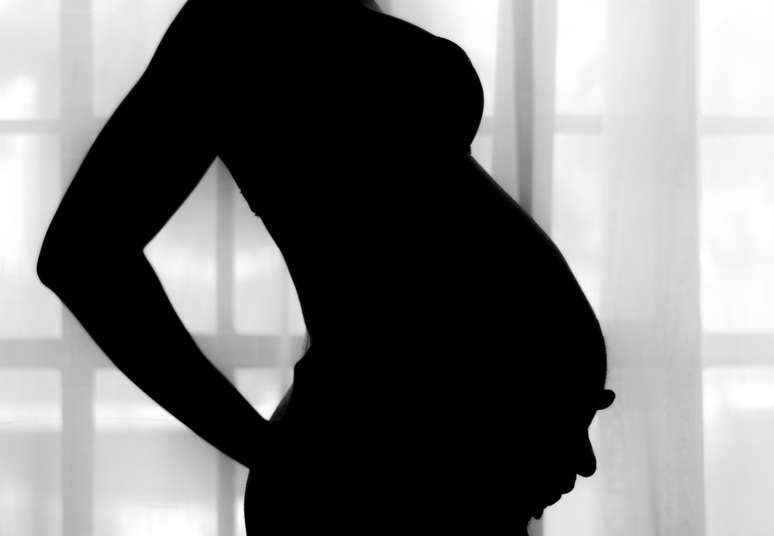The death rate per 100,000 live births has fallen again, but is still a cause for concern; Doctors emphasize the importance of prenatal care
html[data-range=”xlarge”] figure image img.img-d7dac2d28f56ec584e9bf08bd892b409dn4g82ou { width: 774px; height: 536px; }HTML[data-range=”large”] figure image img.img-d7dac2d28f56ec584e9bf08bd892b409dn4g82ou { width: 548px; height: 379px; }HTML[data-range=”small”] figure image img.img-d7dac2d28f56ec584e9bf08bd892b409dn4g82ou, html[data-range=”medium”] figure image img.img-d7dac2d28f56ec584e9bf08bd892b409dn4g82ou { width: 564px; height: 390px; }
“A serious public health problem”. This is how the gynecologist, obstetrician and sexologist Erica Mantelli defines the high maternal mortality rate in Brazil. You cite the rate that almost doubled in 2021 (107 deaths for every 100,000 live births) and dropped again last year, approaching the values recorded in 2019 (average of 57 deaths for every 100,000 live births).
But despite the decline, concern is growing about deaths that could often be prevented.
“Maternal mortality is an important indicator of the quality of life of the population, therefore the increase reflects a serious public health problem, demonstrating a low quality health system, insufficient beds to accompany pregnant women in hospitalization situations and also a difficulties in monitoring these pregnant women during prenatal care”, analyzes Erica, in an interview with Earth.
The increase in question, which occurred in 2020 and 2021, is due to the impact of the pandemic, with pregnant and postpartum women victims of the coronavirus and also to the shortcomings of the health system, at the time under pressure from Covid-19. The obstetrician recalls that there were difficulties scheduling and attending health units, barriers to women’s mobility and other restrictions imposed during the periods of isolation.
“It has been very difficult for pregnant women to continue having their antenatal visits as frequently as indicated and then, with that, there has been a worsening of the condition and an increased risk of maternal death during this time.”
Direct x indirect causes
Covid-19 and structural problems, such as lack of bed places and difficult access to adequate antenatal care, are classified as indirect causes of maternal mortality. This typification also includes the lack of qualified professionals to care for high-risk patients, as pointed out by gynecologist and obstetrician Domingos Mantelli.
On the other hand, there are direct factors of maternal mortality, that is, the complications of the pregnancy itself. At this point, diabetes, bleeding, infections (usually postpartum), miscarriages, and hypertensive conditions, such as eclampsia and preeclampsia, among other diseases, are considered.
Age group at risk
Among the factors that put pregnancy at risk is age. That is, women over 40 and especially adolescents are more vulnerable to complications during pregnancy and childbirth.
“Before the age of 19, the body is not yet 100% ready to receive a pregnancy,” she points out. “Complication rates can be higher, hence the importance of carrying out all pregnancy care, monitoring and prevention in this age group and, if pregnant, carrying out close antenatal care, as we know that, because of this patient the age, mortality and obstetric complications are higher”, adds the doctor.
As the doctor points out, in Brazil all teenage pregnancies are classified as high risk, which requires monitoring by an obstetrician specialized in this type of birth.
access to health
The Unified Health System (SUS) offers free prenatal care to pregnant women, but it is a fact that women with a low level of education, low economic power and far from urban centers find it more difficult to access the public service. The consequence of this is the late diagnosis of preventable problems.
This also demonstrates that the most effective measure against the high maternal mortality rate is antenatal care. “Most complications that lead to death are preventable, especially uncompensated diabetes, bleeding complications, eclampsia and preeclampsia,” emphasizes the doctor.
When done correctly, this monitoring allows for early identification of any problems in both the mother and the baby. Consequently, the medical and assistance team can carry out the indicated treatments so that the delivery of this woman takes place as safely as possible.
Source: Terra
Ben Stock is a lifestyle journalist and author at Gossipify. He writes about topics such as health, wellness, travel, food and home decor. He provides practical advice and inspiration to improve well-being, keeps readers up to date with latest lifestyle news and trends, known for his engaging writing style, in-depth analysis and unique perspectives.









